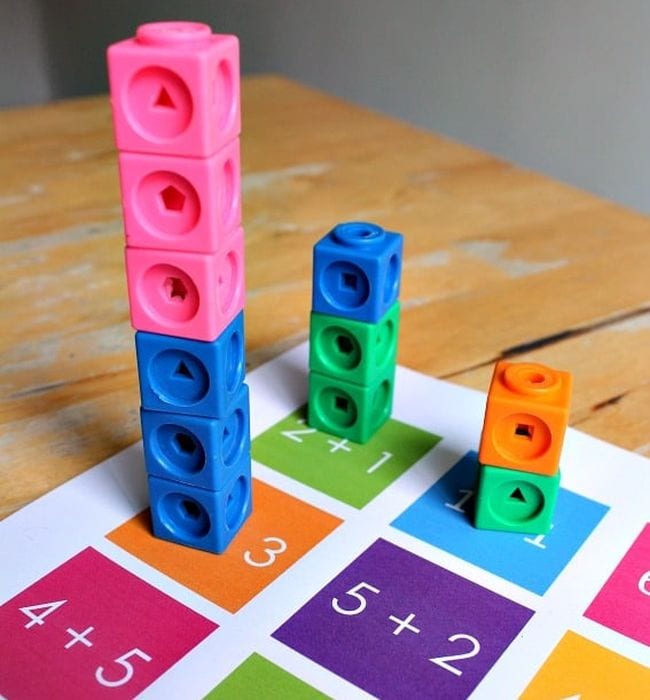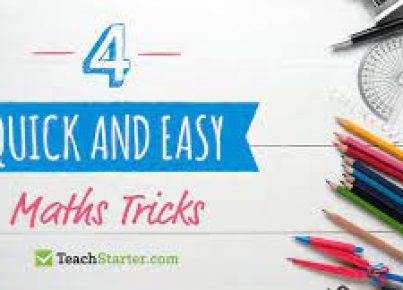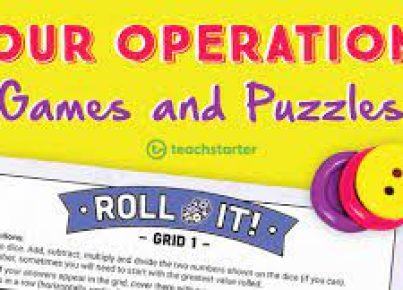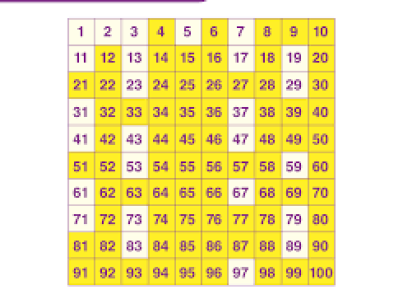Teaching addition is a fundamental concept in math that students must master early on. However, it can sometimes be challenging to keep young learners engaged with traditional worksheets and drills. That’s why incorporating a variety of teaching resources and techniques can transform the way students perceive and learn addition. Here are some innovative and effective resources that educators can use to make learning addition an enjoyable and productive experience.
1. Interactive Addition Games – Online platforms offer a myriad of fun, interactive games that help children practice their addition skills. Websites like Coolmath4Kids, Math Playground, and ABCya have games specifically designed to reinforce addition in an entertaining way.
2. Addition Apps – With the ubiquitous nature of tablets and smartphones, educational apps can be highly effective in engaging students. Apps such as Monster Math and Math Bingo allow children to work on addition while playing games tailored to their skill level.
3. Math Manipulatives – Using physical objects such as counters, blocks, or abacus help children visualize the addition process. Manipulative sets designed for classroom use often come with lesson guides and activities suitable for different ages.
4. Flashcards – While traditional, flashcards are a tried-and-true resource for quick addition practice. They’re portable, easy to use in small groups or individually, and can be utilized for various games that reinforce math skills.
5. Songs and Videos – Educational songs or videos can make learning stick through music and visuals. YouTube channels like NumberRock or Jack Hartmann Kids Music Channel provide catchy tunes that teach addition facts in a memorable way.
6. Storybooks – There are numerous children’s books that incorporate math concepts into their stories. Books like ‘Mission: Addition’ by Loreen Leedy present addition problems within entertaining narratives that spark students’ imaginations.
7. Printable Worksheets – Although traditional, customizable printable worksheets can still offer effective practice for solving addition problems. Websites like Education.com or Math-Aids.Com provide teachers with an array of worksheet options suited for varying levels of learners.
8. Group Activities – Classroom activities such as math centers or scavenger hunts where students solve addition problems create cooperative learning opportunities and build communication skills along with math proficiency.
By integrating these diverse resources into your teaching strategy, you not only make learning addition more engaging but also cater to different learning styles in your classroom. This approach helps ensure that each student has access to the methods that work best for them, making the acquisition of math skills an inclusive process for every learner.





